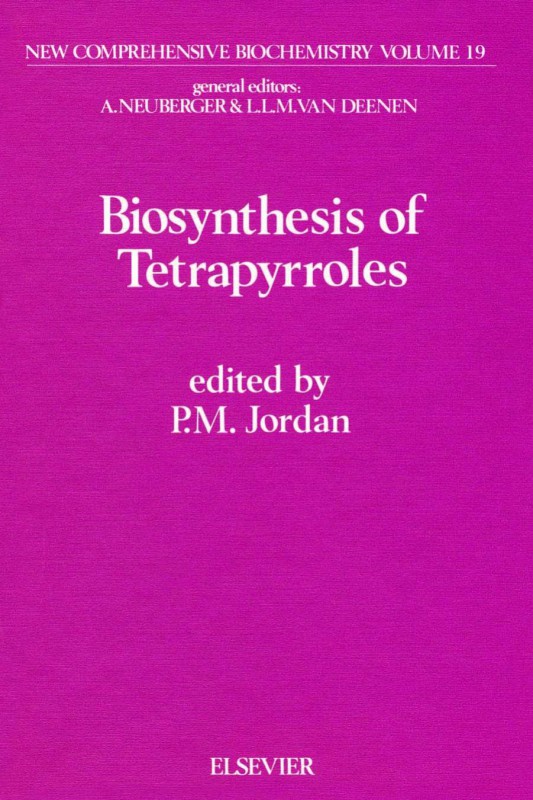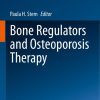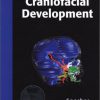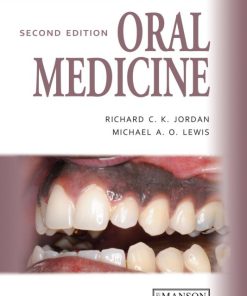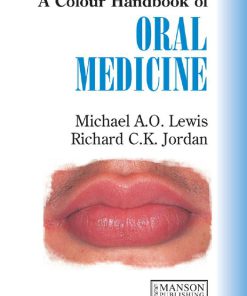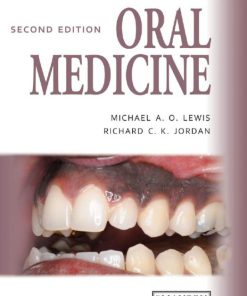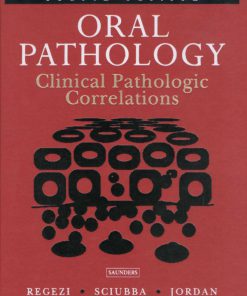Biosynthesis of Tetrapyrroles 1st edition by Jordan ISBN 0080860796 9780080860794
$50.00 Original price was: $50.00.$25.00Current price is: $25.00.
Authors:Jordon , Series:Biochemistry [48] , Tags:Medical; Biochemistry and Pharmacology , Author sort:Jordon , Languages:Languages:eng , Published:Published:Feb 1991 , Publisher:Elsevier
Biosynthesis of Tetrapyrroles 1st edition by P.M Jordan – Ebook PDF Instant Download/Delivery. 0080860796, 978-0080860794
Full download Biosynthesis of Tetrapyrroles 1st Edition after payment
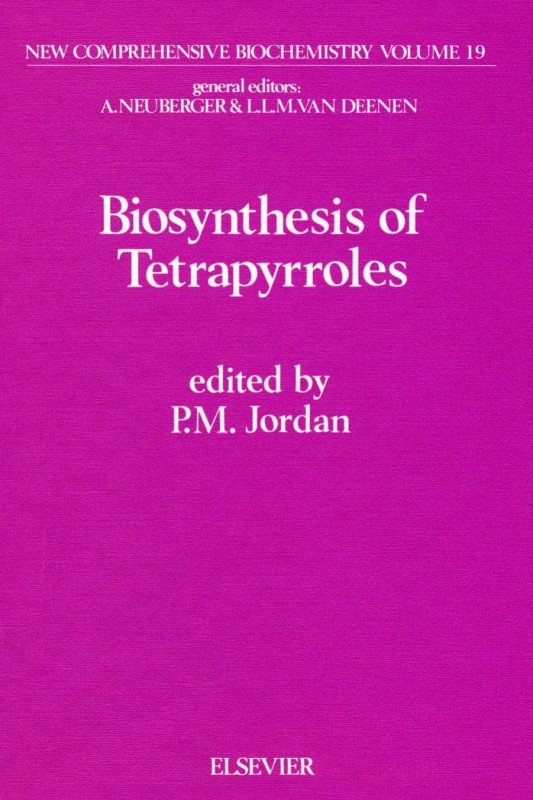
Product details:
ISBN 10: 0080860796
ISBN 13: 978-0080860794
Author: P.M Jordan
The study of the structure and function of tetrapyrrolic compounds has excited the interests of organic chemists, biochemists, botanists and biologists for more than a hundred years. Scientific analysis began with the first descriptions of naturally occurring porphyrins, and progress was made towards understanding the structure of chlorophyll. This was followed by the use of newly available isotopes of carbon and nitrogen to investigate the formation of porphyrins in biological systems. Further discoveries led to the elucidation of the atoms in protoporphyrin IX, made possible by the application of physical methods, such as NMR spectroscopy and recombinant DNA technology. The present volume discusses many more exciting and unexpected developments which have been made in the field over the last ten to fifteen years. While not all questions have yet been answered, the forum is set for a great scope of further research in the study of tetrapyrroles.
• Of interest to biochemists, organic chemists and plant scientists
• The book focusses on the exciting and unexpected developments in the field of tetrapyrolles over the last ten years
• It paves the way for future research in this area
Biosynthesis of Tetrapyrroles 1st Table of contents:
Chapter 1: The Biosynthesis of 5-Aminolaevulinic Acid and Its Transformation into Uroporphyrinogen I
- Introduction: Overview of the biosynthetic pathway of 5-aminolaevulinic acid (ALA) and its importance in the formation of tetrapyrroles.
- Early Isotopic Studies on the Origin of the Tetrapyrrole Ring: Early research on the role of isotopes in tracing the biosynthesis of the tetrapyrrole ring structure.
- The Biosynthesis of 5-Aminolaevulinic Acid from Glycine: Pathway of ALA formation starting from the amino acid glycine.
- The Biosynthesis of 5-Aminolaevulinic Acid from Glutamate: Alternative route for ALA biosynthesis from glutamate.
- The Biosynthesis of Porphobilinogen: Conversion of ALA to porphobilinogen, a key intermediate in tetrapyrrole biosynthesis.
- The Biosynthesis of Uroporphyrinogen III: Formation of uroporphyrinogen III, an important precursor in the biosynthesis of heme and other tetrapyrroles.
- Acknowledgements: Recognition of contributors to the research.
- References: Citations of key studies and research papers related to ALA and tetrapyrrole biosynthesis.
Chapter 2: Mechanism and Stereochemistry of the Enzymes Involved in the Conversion of Uroporphyrinogen
- Introduction: Discussion of enzymes involved in the conversion of uroporphyrinogen to other intermediates in the tetrapyrrole biosynthetic pathway.
- Uroporphyrinogen Decarboxylase (Uroporphyrinogen Carboxylyase): The role of uroporphyrinogen decarboxylase in the modification of uroporphyrinogen.
- Coproporphyrinogen III Oxidase: Enzyme that converts coproporphyrinogen III to protoporphyrinogen IX.
- Protoporphyrinogen IX Oxidase: Conversion of protoporphyrinogen IX to protoporphyrin IX.
- Ferrochelatase: Enzyme responsible for inserting iron into protoporphyrin IX to form heme.
- Acknowledgements: Recognition of contributors to the research.
- References: Citations of important studies on the enzymes involved in uroporphyrinogen conversion.
Chapter 3: The Biosynthesis of Vitamin B12
- Introduction: Overview of the complex pathway of vitamin B12 biosynthesis.
- The Carbon Balance: Analysis of carbon flux during vitamin B12 biosynthesis.
- Stereochemistry of Methyl Group Insertion in Corrinoid Biosynthesis: The role of methyl group insertion in the biosynthesis of the corrinoid ring.
- Concerning the Fate of the Methyl Group Protons: Investigating the fate of protons from the methyl group during the synthesis.
- Uro’gen III as a Precursor of Vitamin B12: The use of uroporphyrinogen III as an intermediate in vitamin B12 biosynthesis.
- Characterization and Intermediacy of the Isobacteriochlorins of P. shermanii: Study of the intermediates in the biosynthesis of vitamin B12.
- The Methylation Sequence: Pulse Experiments: Experimental approaches to track the methylation steps in the pathway.
- Timing of the Decarboxylation Step: The timing of decarboxylation in the biosynthesis process.
- The Protein Balance of Vitamin B12 Biosynthesis: The involvement of various proteins in the biosynthesis of vitamin B12.
- Factors S1-S4, Isomeric, Tetramethylated Corphinoids Derived from Uro’gen I: Specific compounds derived from uro’gen I that are intermediates in the pathway.
- The Methyl Transferases: The role of methyl transferases in the pathway.
- Biosynthesis of the Nucleotide Loop and Coenzyme B12: Steps involved in synthesizing the nucleotide loop and the final coenzyme B12.
- Evolutionary Aspects of B12 Biosynthesis: Evolutionary perspectives on the biosynthesis of vitamin B12.
- References: Citations of studies related to vitamin B12 biosynthesis.
Chapter 4: Biochemistry of Coenzyme F430, a Nickel Porphinoid Involved in Methanogenesis
- Introduction: Overview of coenzyme F430 and its role in methanogenesis.
- Structural Relations to Other Tetrapyrroles: The structural similarities between coenzyme F430 and other tetrapyrroles.
- Biosynthesis from Glutamate via Uroporphyrinogen III and Dihydrosirohydrochlorin: Pathway of F430 biosynthesis starting from glutamate.
- Properties of Free Coenzyme F430 Including Its Redox Behaviour: The redox properties of coenzyme F430.
- Function of Coenzyme F430 as Prosthetic Group of Methyl Coenzyme M Reductase in Methanogenesis: Role of coenzyme F430 in methanogenesis as a prosthetic group.
- Comparative Analysis of Genes Encoding Methyl Coenzyme M Reductase: Genetic analysis of the enzymes involved in methanogenesis.
- Acknowledgements: Recognition of contributors to the research.
- References: Citations of research on coenzyme F430 and methanogenesis.
Chapter 5: Biochemistry and Regulation of Photosynthetic Pigment Formation in Plants and Algae
- The Variety and Functions of Plant and Algal Tetrapyrroles: The diversity and biological roles of tetrapyrroles in photosynthetic organisms.
- The Biosynthetic Route: Overview of the biosynthesis of photosynthetic pigments in plants and algae.
- Regulation: Mechanisms regulating the formation of photosynthetic pigments.
- Acknowledgements: Acknowledgment of contributors to the research.
- References: Citations of key studies on photosynthetic pigment formation.
Chapter 6: The Structure and Biosynthesis of Bacteriochlorophylls
- Nomenclature: The naming conventions for bacteriochlorophylls.
- Occurrence and Structures: The occurrence and chemical structures of bacteriochlorophylls.
- Biosynthesis: The pathway for the biosynthesis of bacteriochlorophylls.
- Acknowledgments: Recognition of contributors to the research.
- References: Citations of studies on bacteriochlorophylls.
Chapter 7: The Genes of Tetrapyrrole Biosynthesis
- Genes of Haem Biosynthesis: Genes involved in the biosynthesis of heme.
- Genes of Cobalamin (Vitamin B12) Biosynthesis: Genes responsible for the synthesis of vitamin B12.
- Genes of Bacteriochlorophyll and Chlorophyll Biosynthesis: Genes involved in the biosynthesis of bacteriochlorophylls and chlorophylls.
- References: Citations of studies on the genetics of tetrapyrrole biosynthesis.
People also search for Biosynthesis of Tetrapyrroles 1st:
why is biosynthesis important
biosynthesis of tetrodotoxin
tetrapyrrole biosynthesis
6-pyruvoyltetrahydropterin synthase
tetrapyrrole biosynthetic
You may also like…
eBook PDF
A colour handbook of Oral Medicine 1st Edition by Richard Jordan, Michael Lewis ISBN 9781840760330

